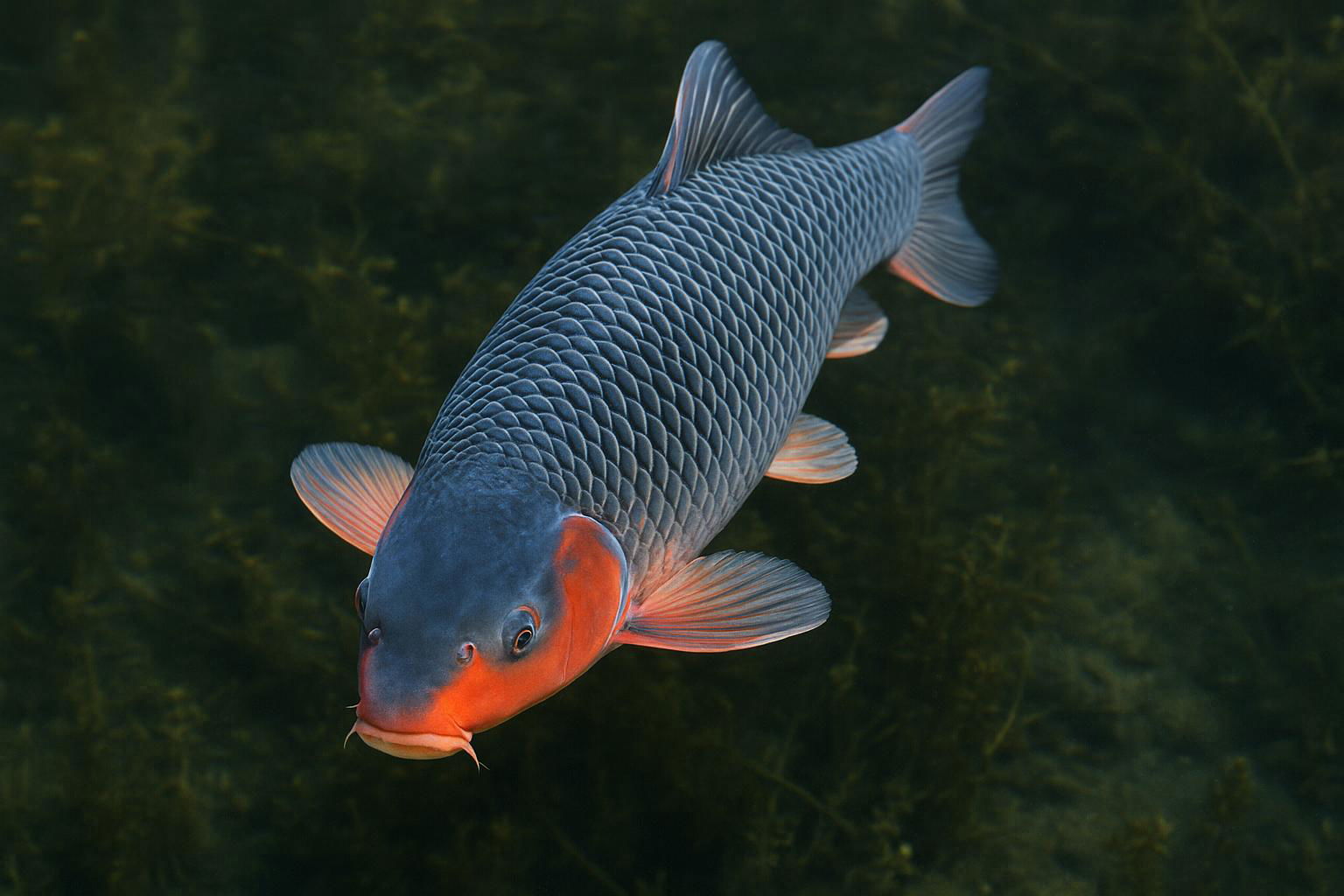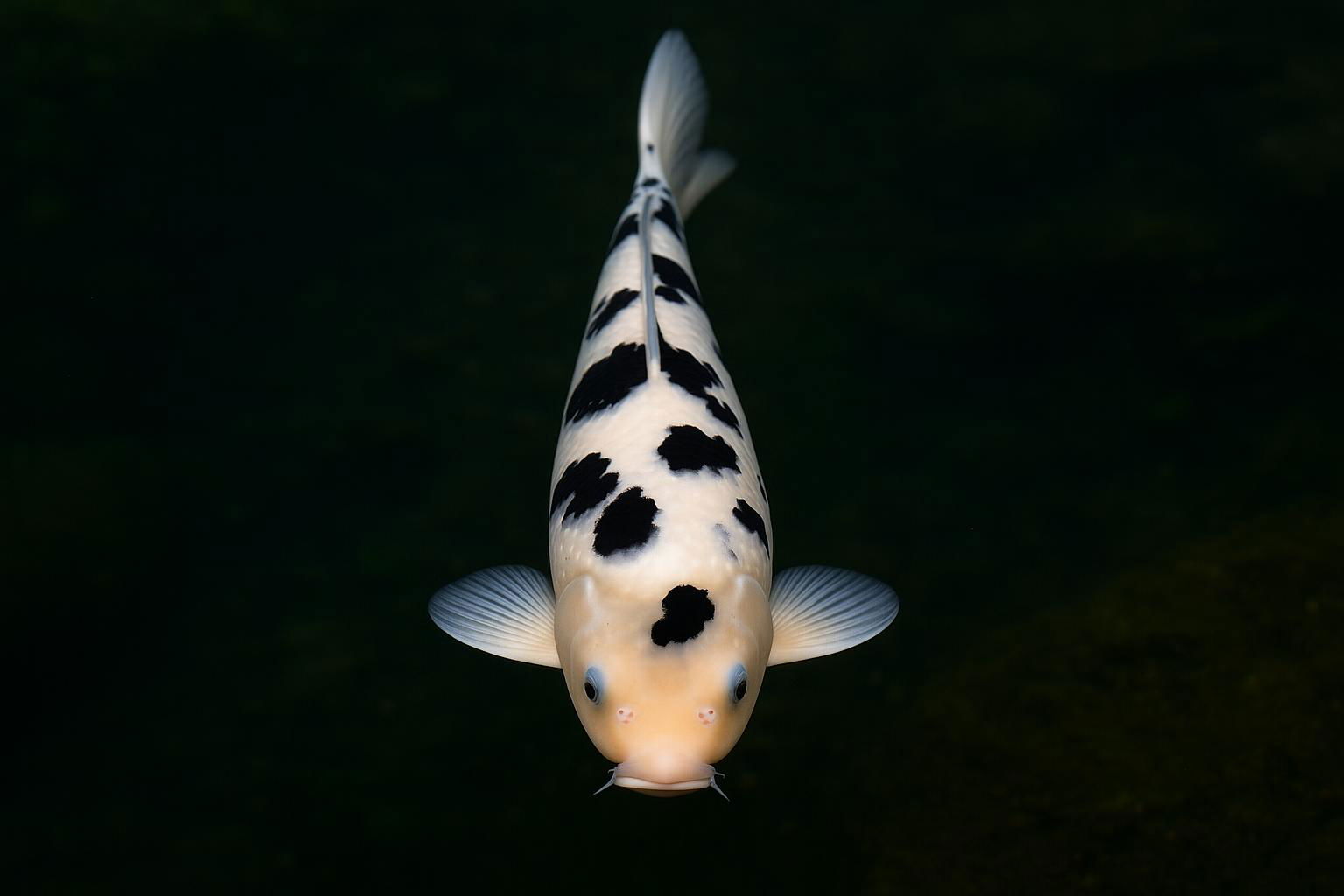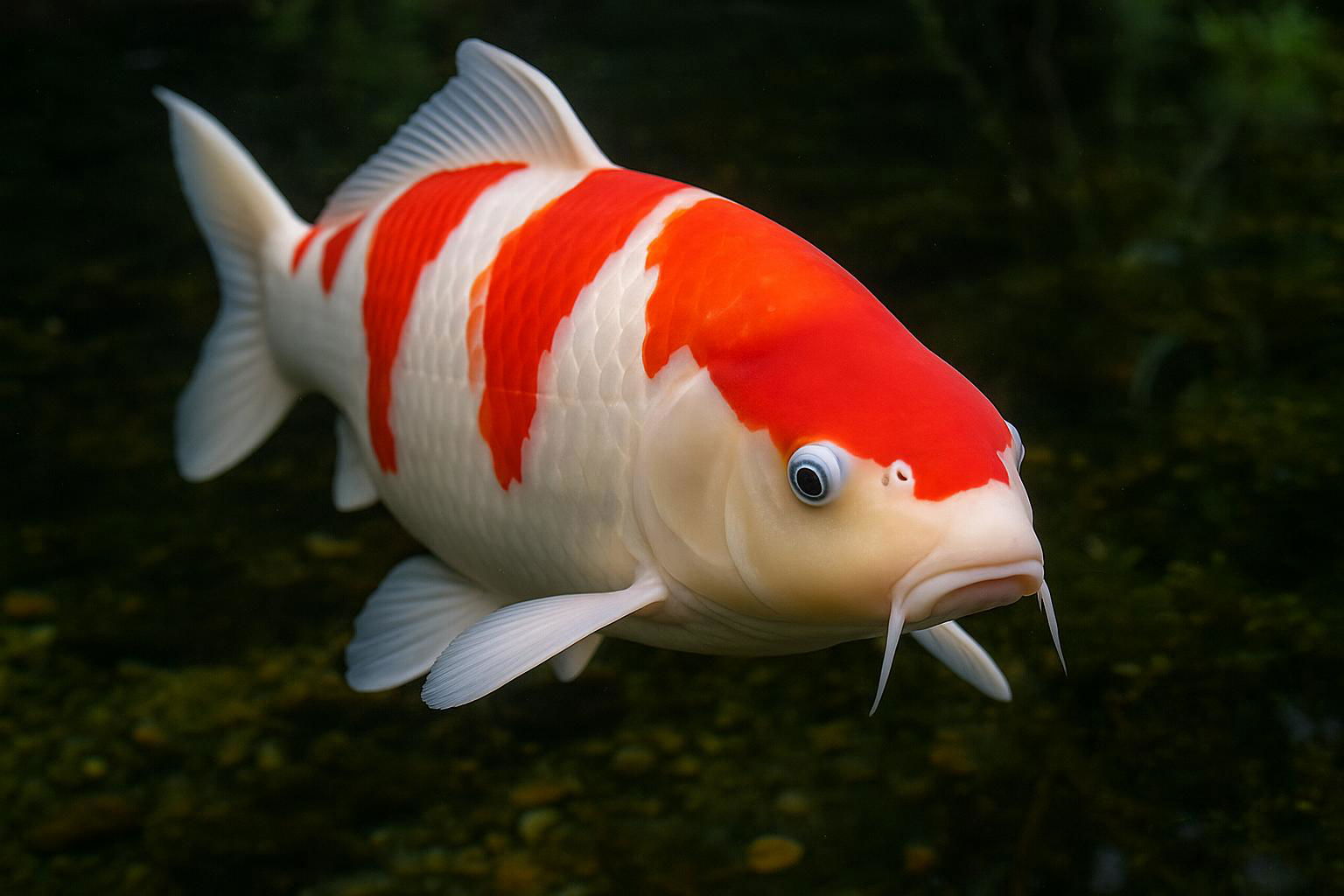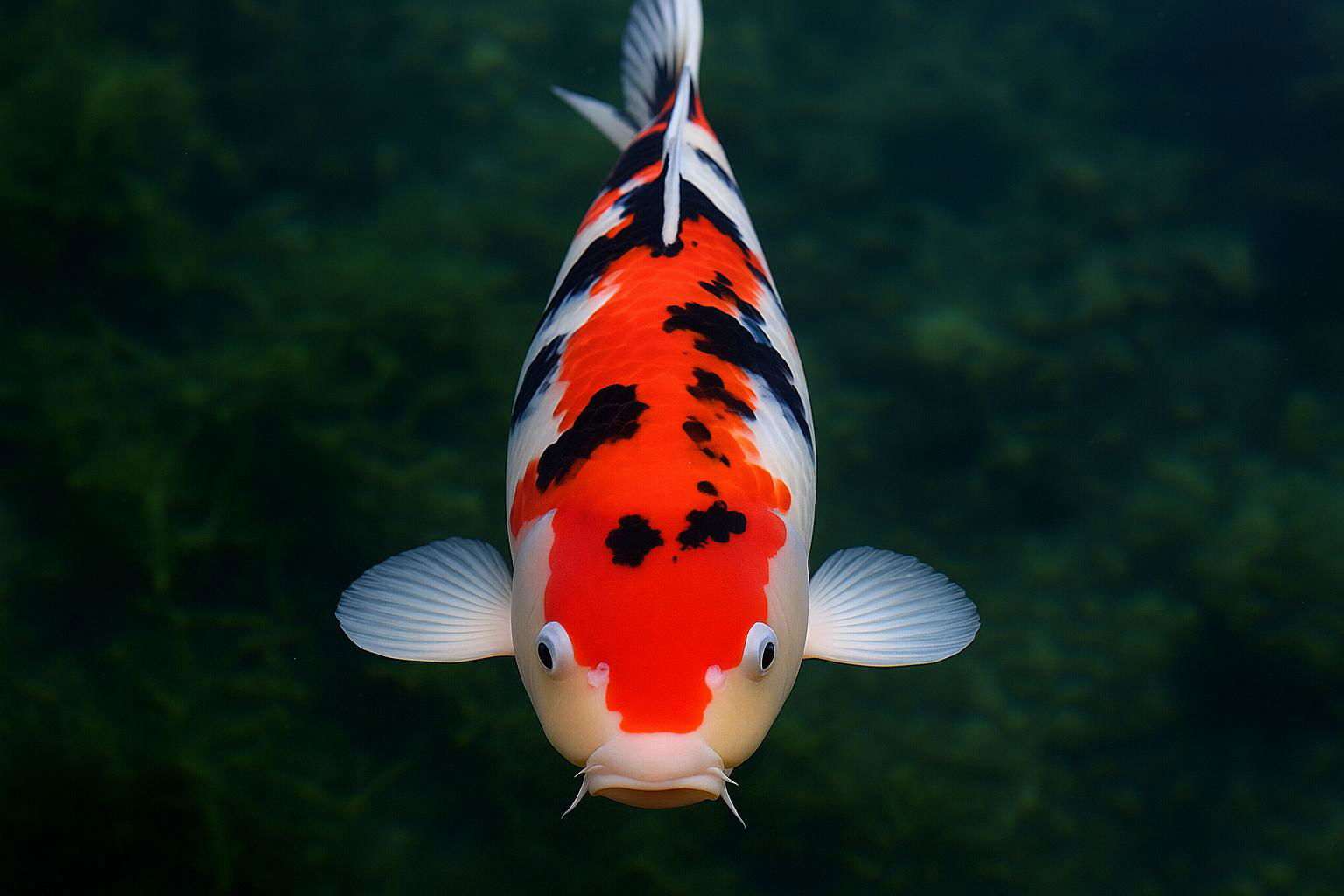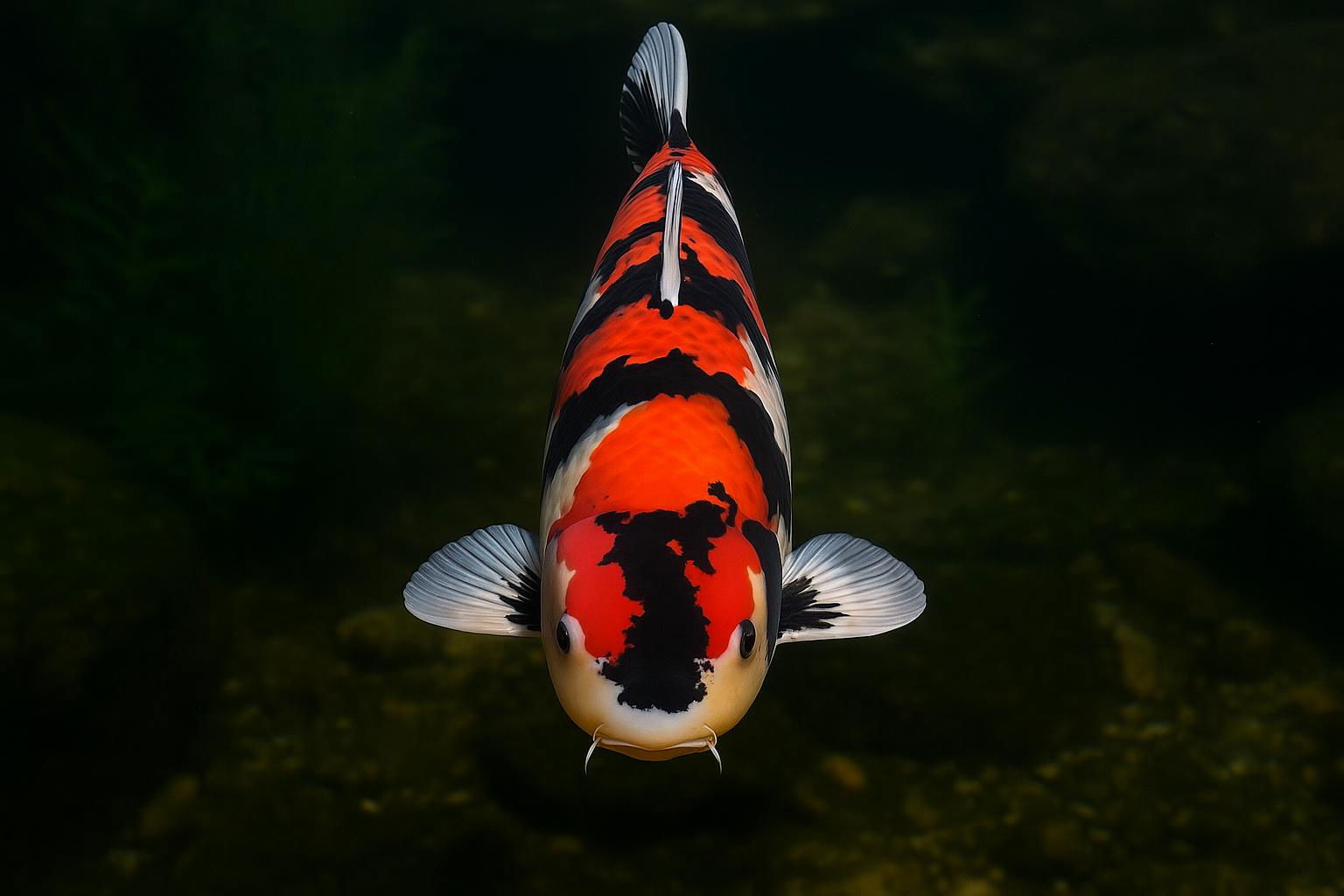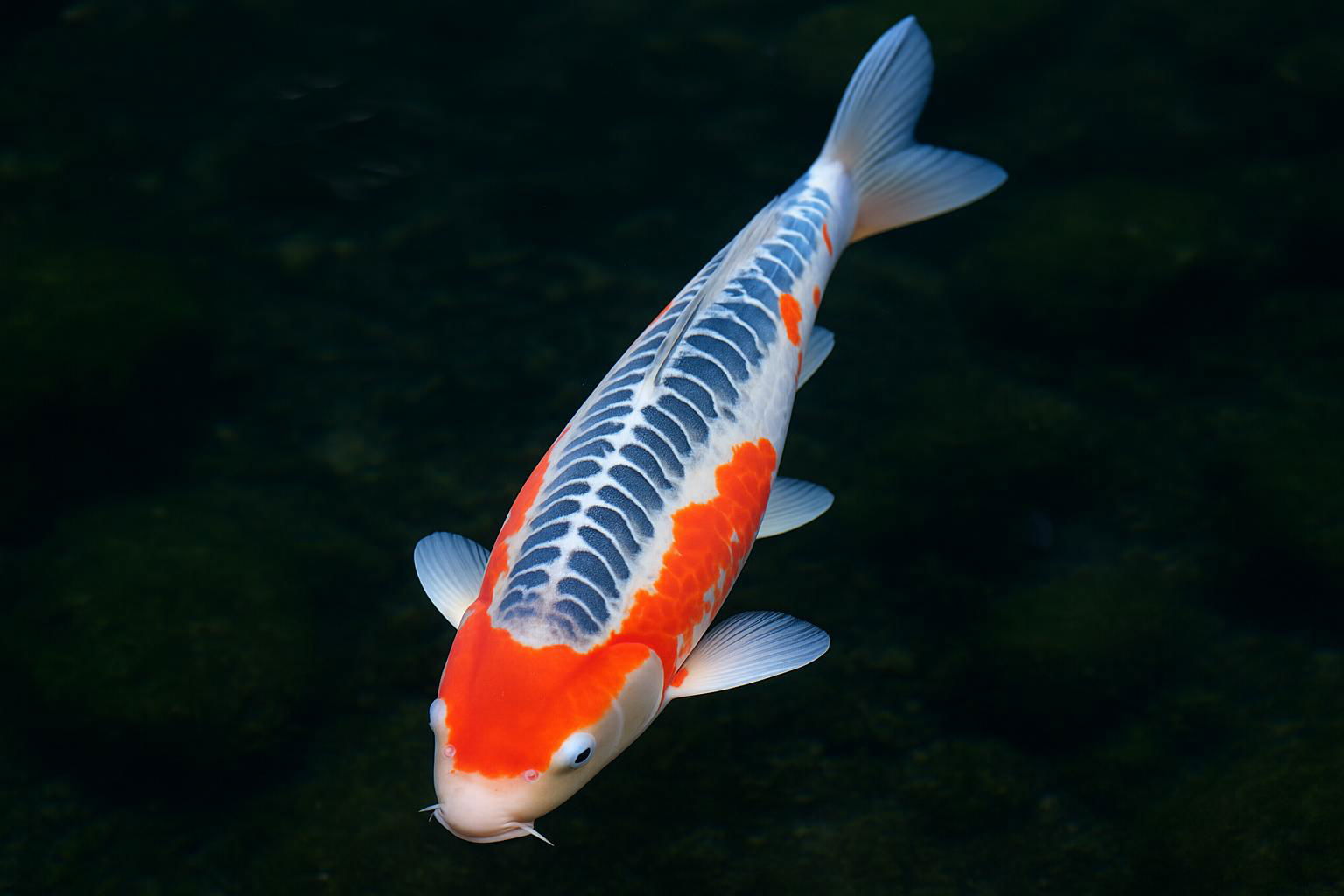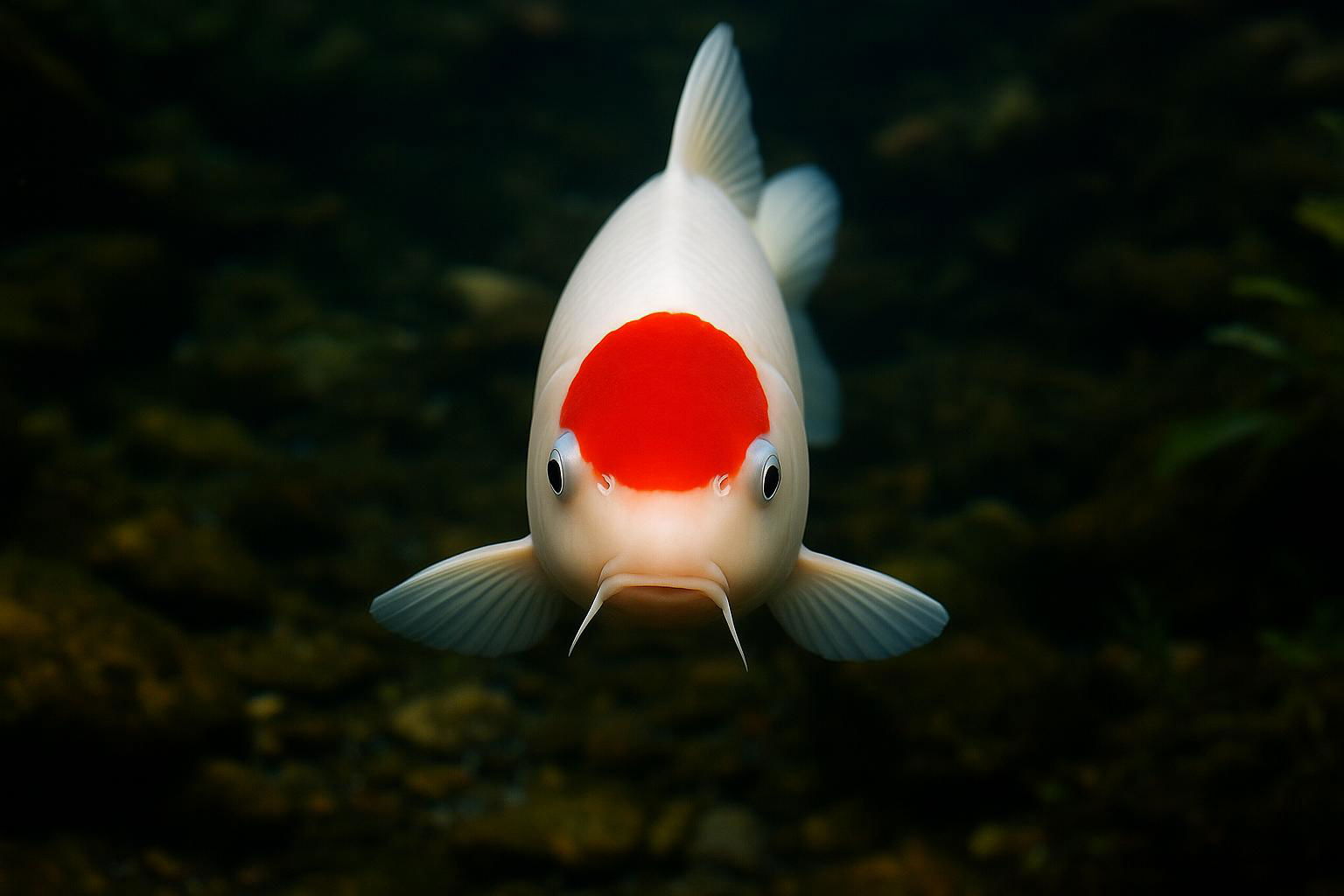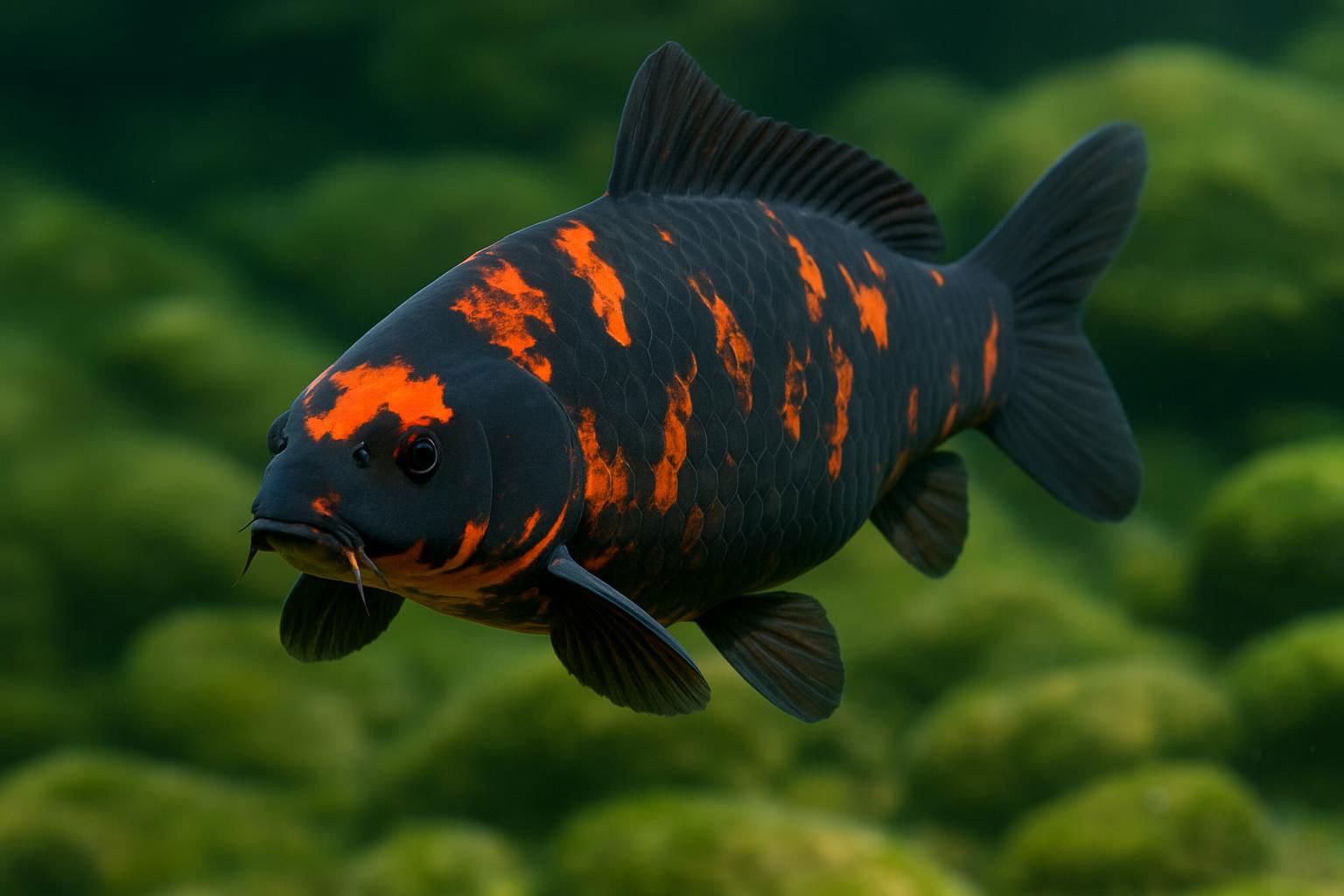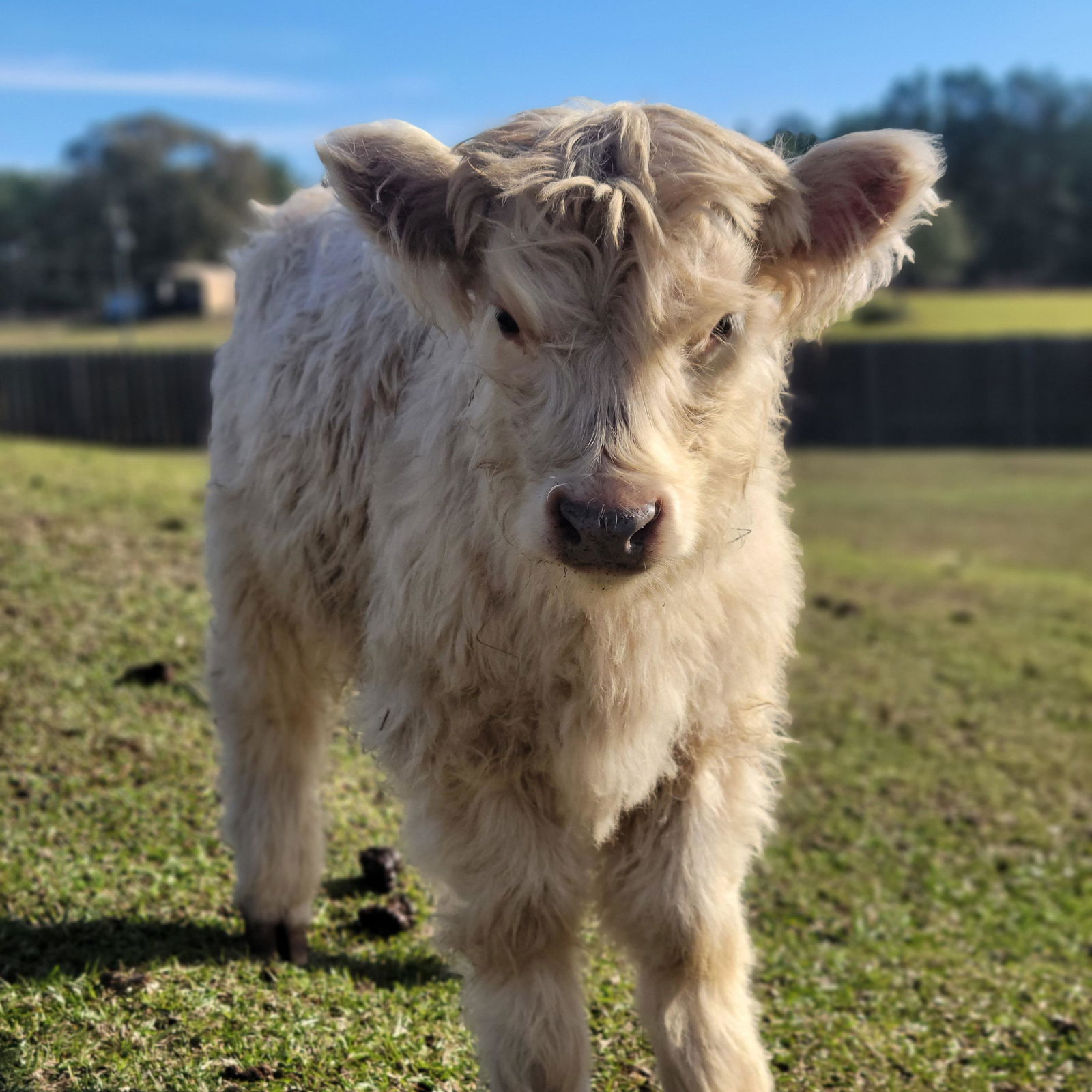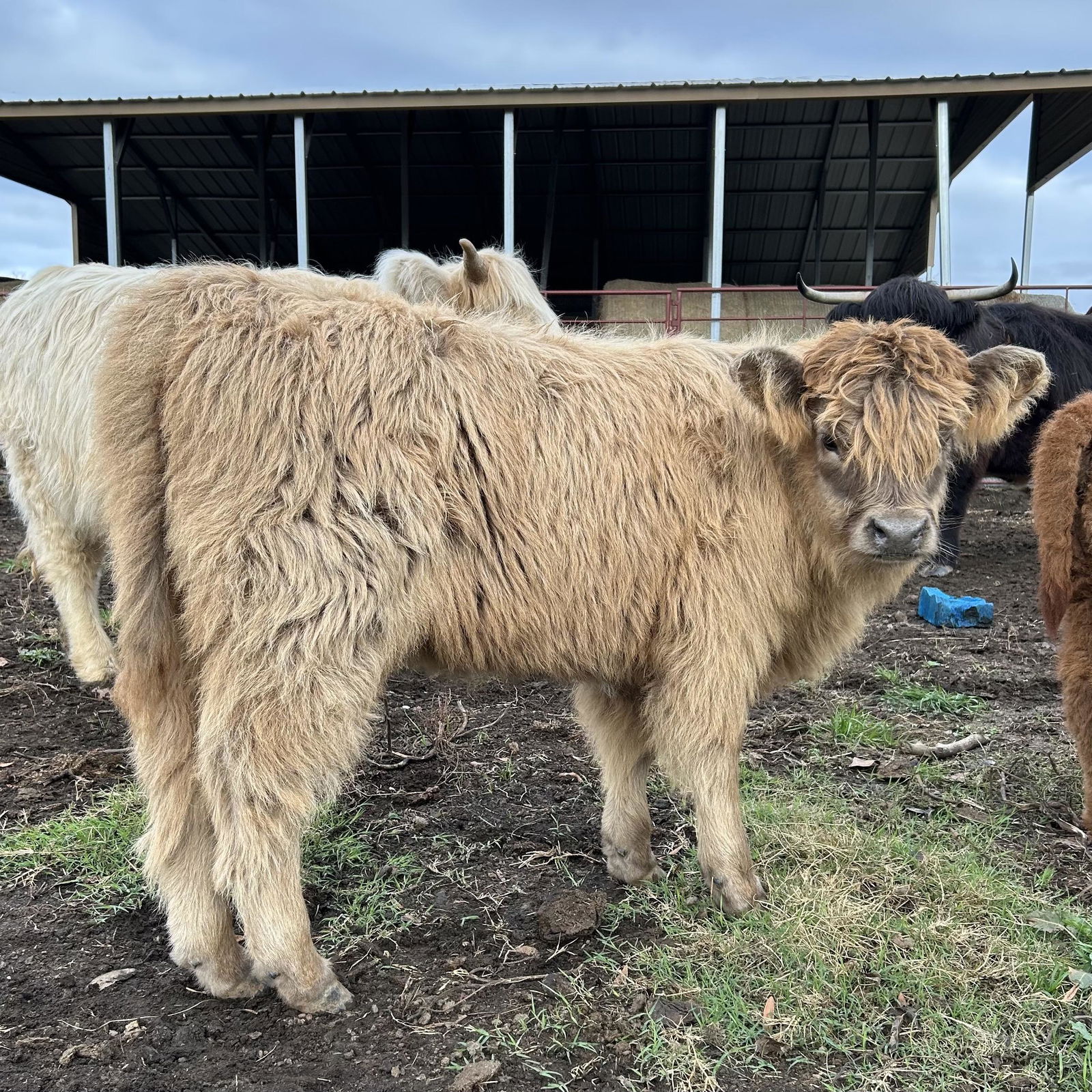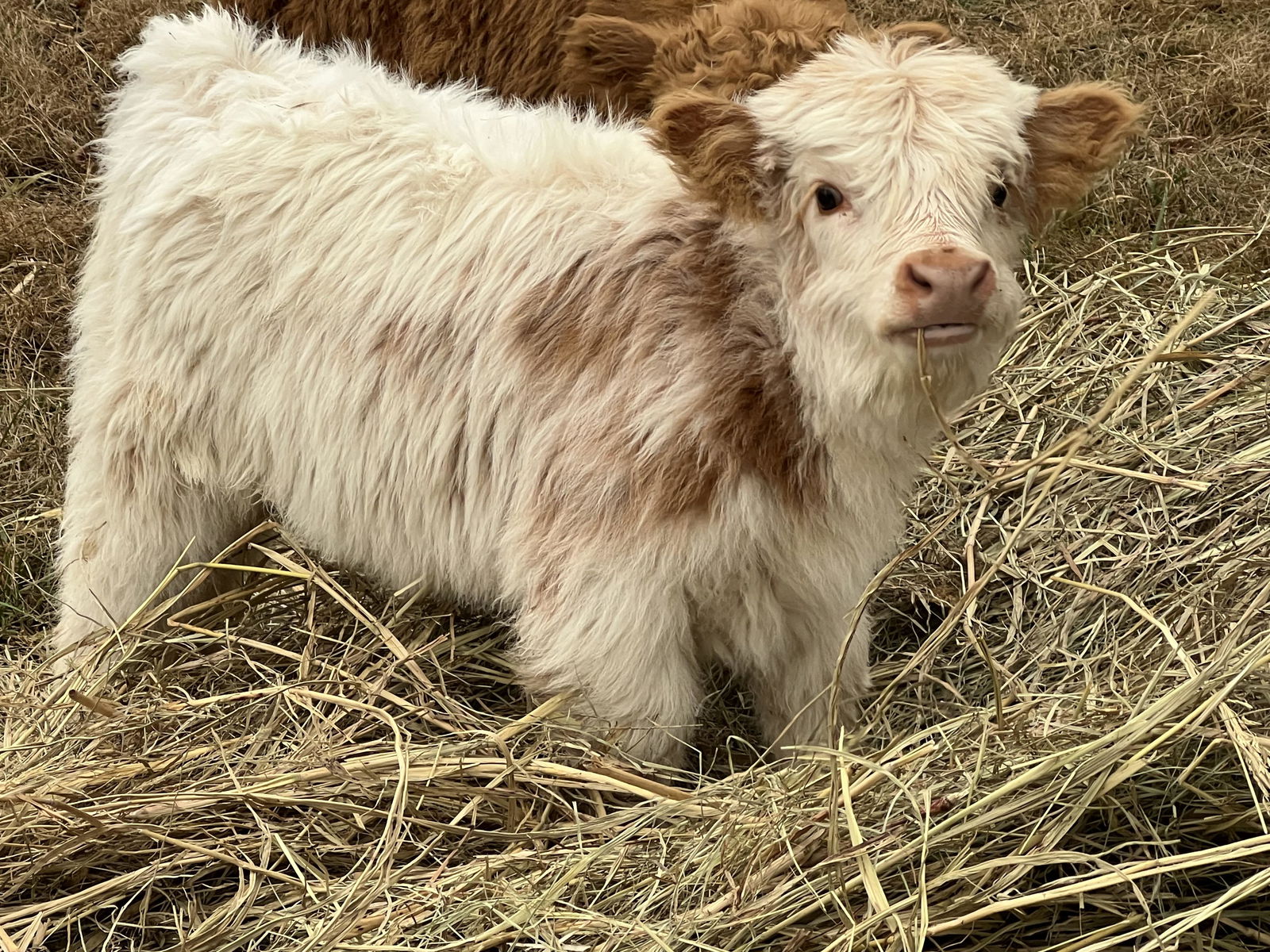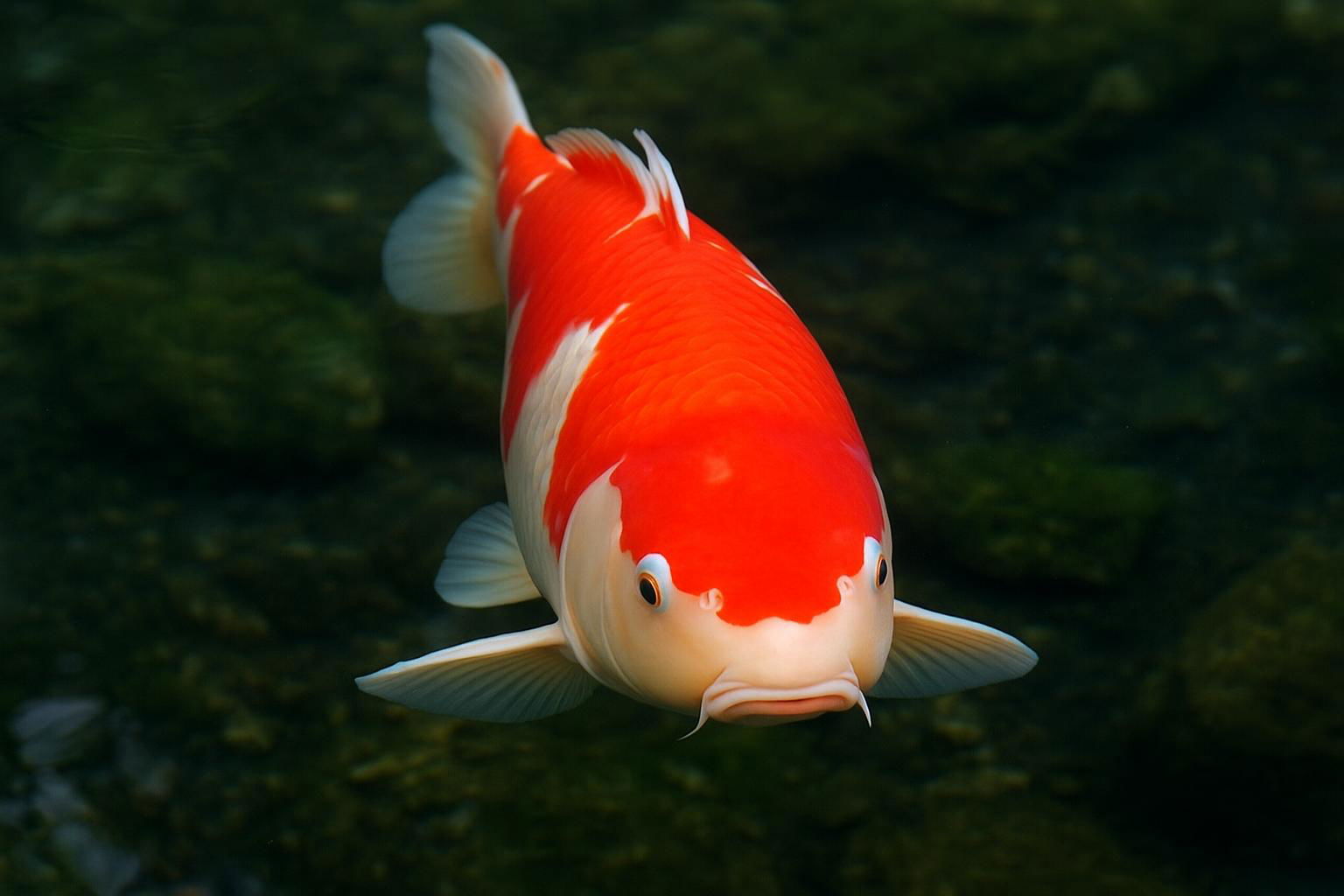
Koi
Cyprinus carpio
Koi, scientifically known as *Cyprinus carpio*, are an ornamental variety of the common carp that have been selectively bred for their vibrant colors and patterns, making them a popular choice for garden ponds and water features around the world. Originally from East Asia, koi have become cultural symbols in Japan, representing strength, perseverance, and beauty. These freshwater fish can grow quite large, often reaching lengths of up to 3 feet (about 90 cm) and living for several decades, with some individuals reportedly living over 100 years.
The striking appearance of koi is the result of generations of careful breeding, resulting in a range of colors including white, black, red, yellow, blue, and cream. Koi are classified into various varieties based on their color patterns, scalation, and shape, some of the most notable being Kohaku, Sanke, and Showa. They are hardy and adaptable, thriving in diverse environmental conditions, although they prefer ponds with clean, well-oxygenated water and ample space to swim.
Koi are omnivorous creatures, and their diet can include commercial pellets, vegetables, fruit, and insects. Their behavior is generally peaceful, which allows them to coexist harmoniously with other non-aggressive pond fish. Due to their aesthetic appeal and graceful movements, koi are not just prized in garden ponds but also hold a significant place in art and culture, symbolizing tranquility and the harmonious balance of nature.

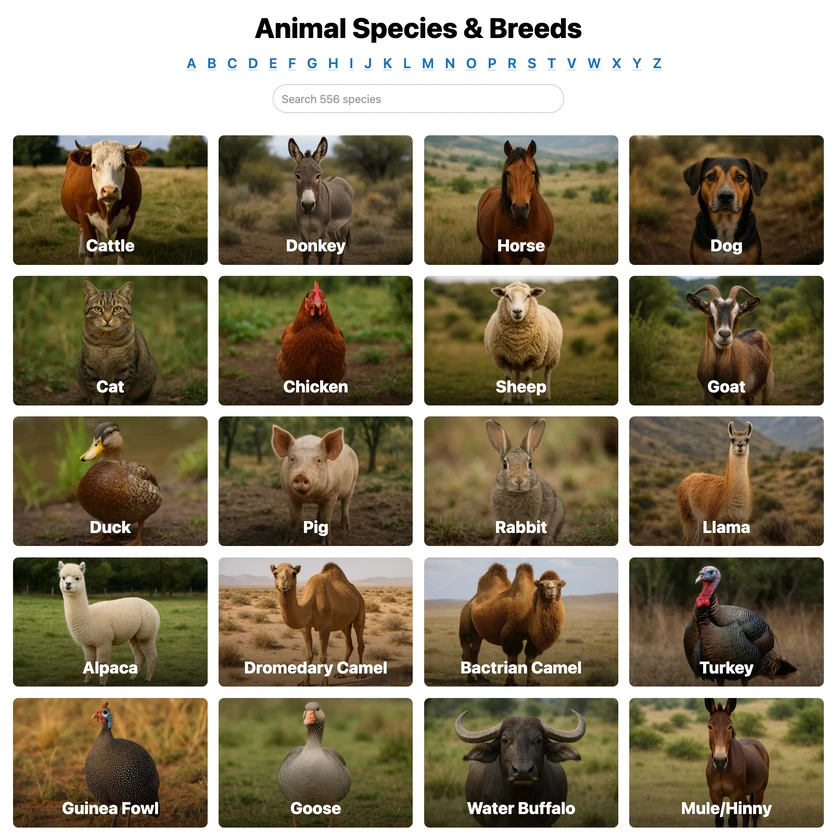 All Species & Breeds
All Species & Breeds
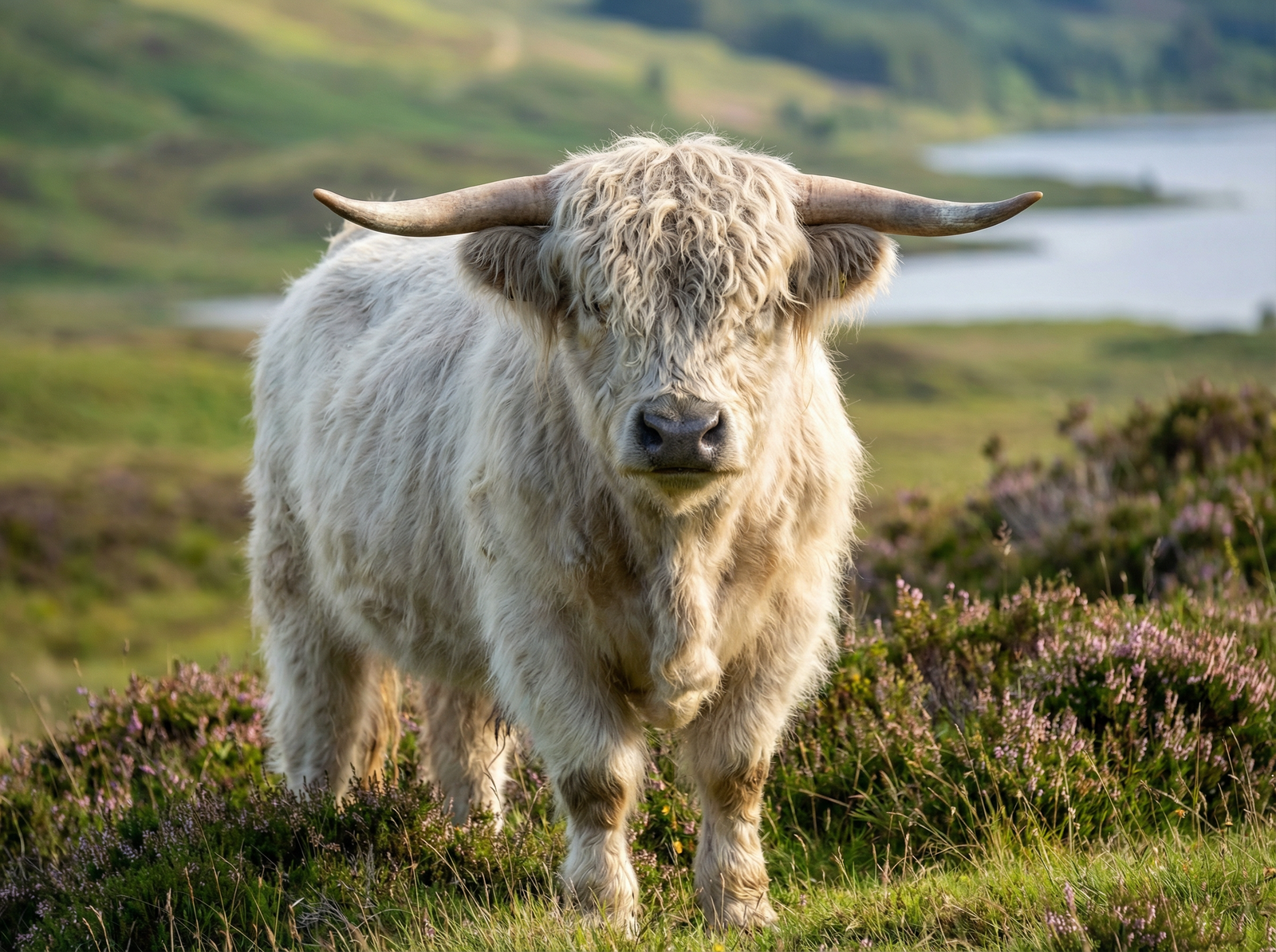 Highland Cattle
Highland Cattle
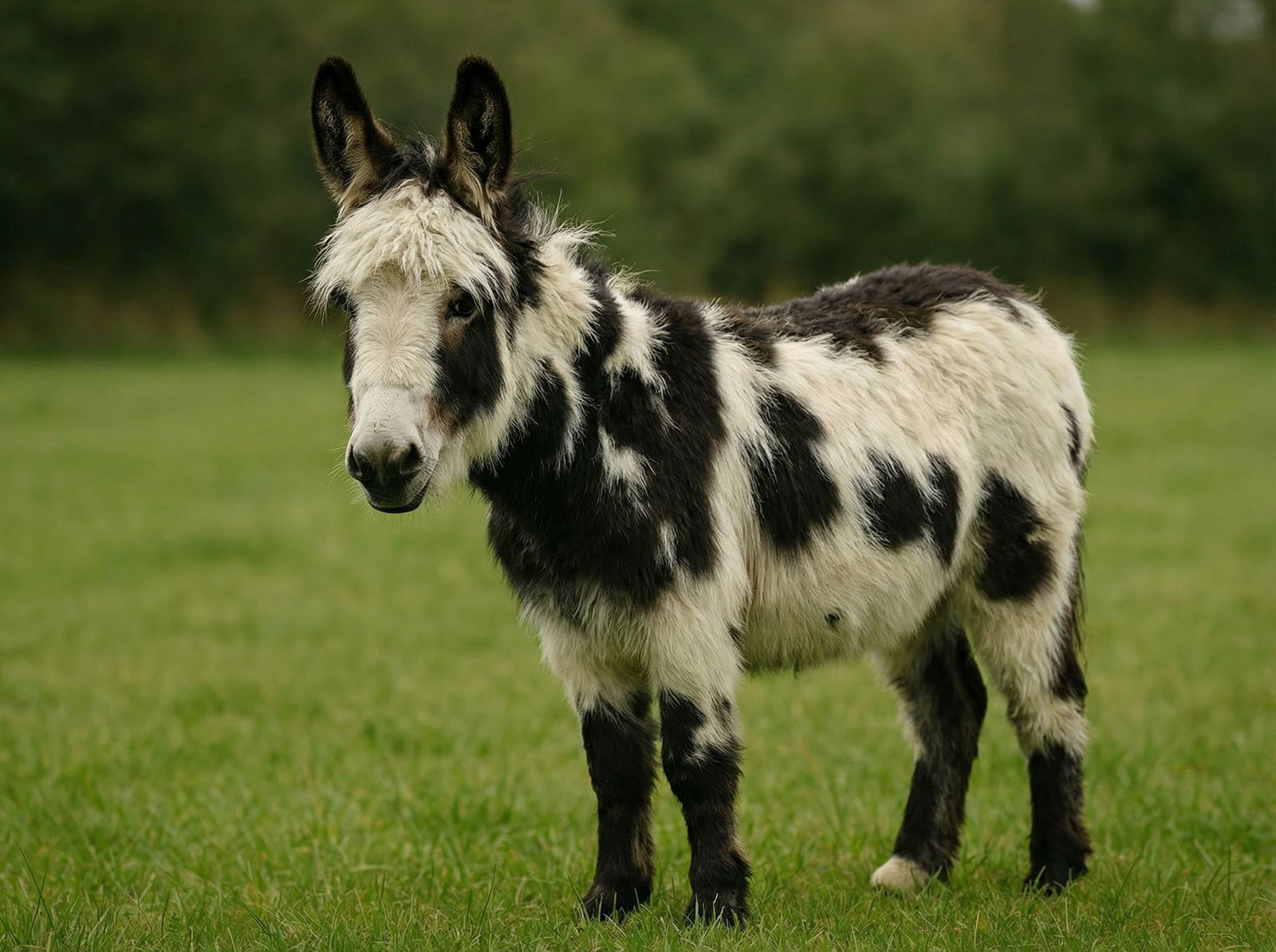 Miniature Donkeys
Miniature Donkeys
 All Species Directory
All Species Directory
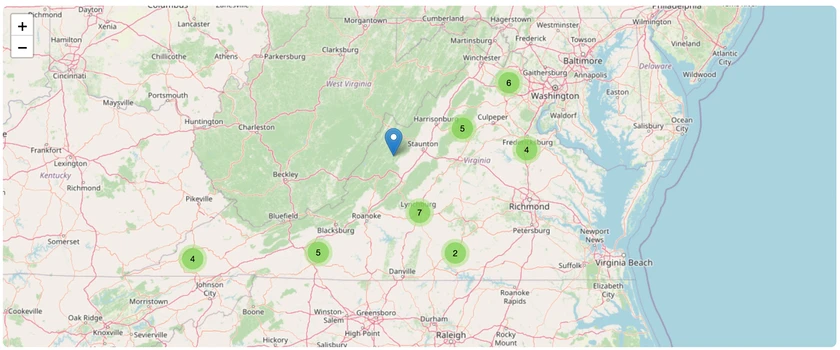 Highland Cattle in Virginia
Highland Cattle in Virginia
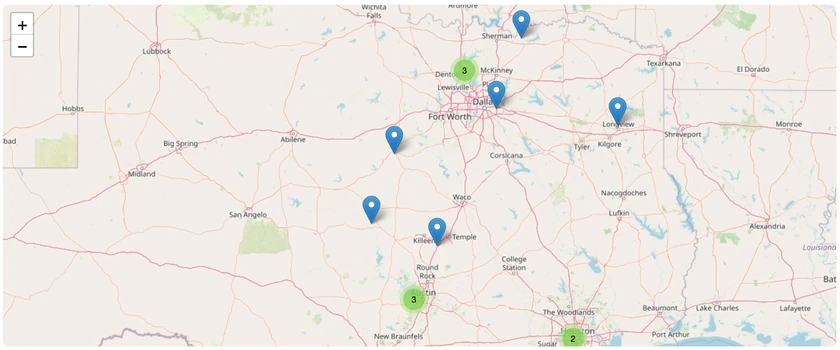 Miniature Donkeys in Texas
Miniature Donkeys in Texas
